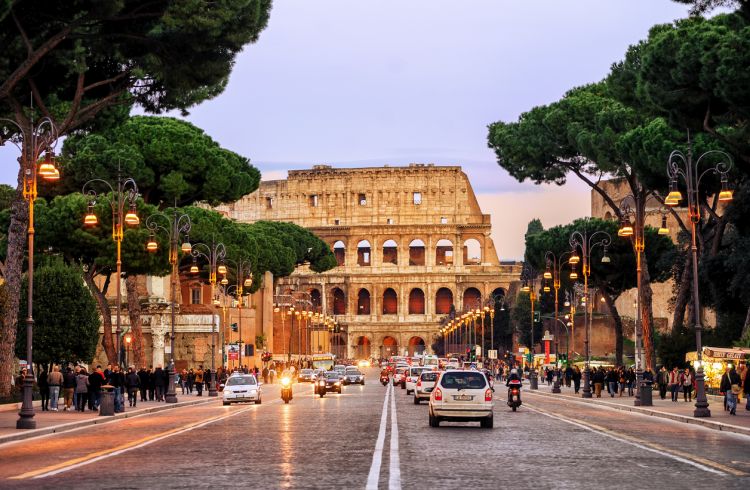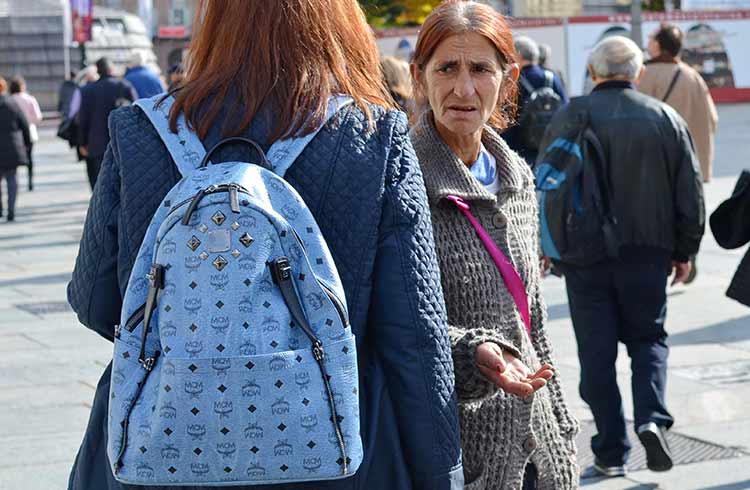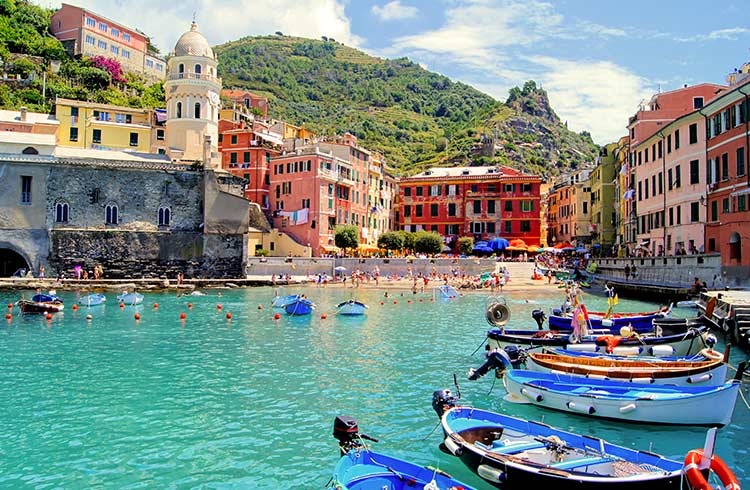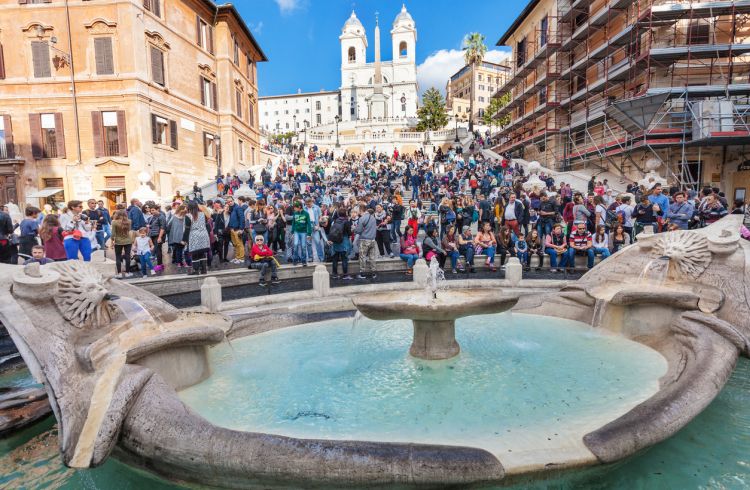Driving in Italy: 5 Things Travelers Should Know
Italians have a reputation for fast and dangerous driving. To stay safe, find out the road rules in Italy, hazardous roads to beware of, and how to avoid traffic and tickets.
 Photo © iStock/Xantana
Photo © iStock/Xantana
- Road rules in Italy
- Dangerous roads in Italy
- Being a pedestrian in Italy
- Car crime in Italy
- Emergency numbers
Alfa Romeo, Bugatti, Ferrari, Lamborghini, Fiat – Italians love their cars and driving whether it's on a flat, fast motorway or a challenging, winding Tuscan back road.
However, the Italians' love of speed can be deadly and Italy has one of the highest road death tolls in Europe – 5.4 per 100,000. The capital Rome is rated as one of the worst European cities for traffic accidents.
Road rules in Italy
- You can drive on any license issued by any EU member state, or an international driving permit plus a valid drivers license from your home country
- Drivers must be over 18
- You must drive on the right and overtake on the left
- Dipped headlights must be used on two-lane motorways, and when driving through towns and villages, the horn may be sounded only in the event of an emergency
- Trams and trains have the right of way
- Seatbelts are compulsory in front and rear seats, and failure to wear them may result in fines for both drivers and passengers
- Right turns on red lights are illegal, even if you stop first
- On highways and motorways, the left (fast) lane is for passing only
- At crossings, vehicles approaching from the right always have the right of way
- Mopeds below 150cc may not be driven on motorways
- Helmets are compulsory to drive all motorcycles and mopeds, whatever the engine size
- Speed limits: cars and motorbikes (vehicles with engine size over 150 cc): urban areas 50 km/h (31 mph); minor out-of-town roads 90 km/h (56 mph); major out-of-town roads 110 km/h (68 mph); motorways 130 km/h (81 mph). In rain or snow, the limit is lowered to 110 km/h (68mph) on motorways and 90 km/h (55mph) on trunk roads.
Dangerous roads in Italy
The SS 106, the highway spanning the Ionian coast from Reggio Calabria to Taranto, is among Europe's most dangerous roads. And the Stelvio Pass in the Alps is one of the most dangerous roads in the world. For obvious reasons, it's best to back off the throttle and take it easy.
Contributing to the road toll is the fact many Italian drivers speed and may cut you off or act aggressively. Trucks, even the 18-wheeler kind, exhibit the same behavior. Be prepared, allow extra room for emergency maneuvers, and resist the temptation to follow suit.
Other contributing factors:
- Some country roads are narrow and often without guardrails
- Speeds vary in rural areas, and fog can cloud visibility in northern Italy
- Avoid stopping in emergency lanes, as they are dangerous and not very wide
- Slow down at toll booths to avoid accidents and pileups.
Like any major city around the world, traffic in Rome and Naples can be heavy with many drivers disobeying the road rules. Avoid the temptation to follow suit, as some Italian highways have automated ticketing systems that will also fine rented cars for offenses such as speeding.
Another thing to watch for when driving in cities is zona a traffico limitato or ZTL. These are reduced traffic zones designed to ease congestion and pollution in city areas. If you are photographed driving into a ZTL, you will receive a fine.
As with most major cities, congestion is bad during rush hour. In popular places such as Florence, with one-way streets and restrictions, it's not much better the rest of the day. Parking can be a challenge, too. Drivers will fill any spare space, so if you plan to hire a rental, make sure it has insurance to cover possible dents and dings.
If you are driving around in the major cities, do so with caution especially when approaching pedestrian crossings. They are everywhere and not all are marked with a flashing light. Throw in the confidence of the Italian locals who will walk out even with traffic going by and you can see how some folks end up being a part of the annual road accident stats.
The legal drink driving limit in Italy is 0.05%, so watch how many vinos you have at dinner. However, if you are under 21 and/or have less than 3 years' driving experience, your limit is 0.00%.
Being a pedestrian in Italy
Be careful while walking around town, pedestrians make up many of Italy's road fatality statistics. Pedestrians and cyclists often hit or are hit by scooters and cars.
Traffic will speed by without stopping, offering few safe chances to actually cross the road. Motorbikes or mopeds, which are very popular in Italy, do this as often as cars, buses and trucks. Because sidewalks can be narrow, it's tempting to walk in the road. Don't.
The cultural approach taken by Italians to crossing the road is to wait for a gap in the flow of cars and start crossing. Watch the locals and follow their lead. Some nominally one-way roads let buses travel in the opposite direction, so you should still look both ways before crossing.
Car crime in Italy
Carjacking often occurs in Catania, Sicily, and break-ins at gas stations and rest stops are common.
Ignore anyone who tries to flag you down to point out a flat tire, even if it's true: he or she will try to rob you once you stop. Try to keep driving to the next rest or gas station and get assistance there.
Never leave the car unlocked, lest you are looking for someone to relieve you of your luggage and if you have valuables with you, never leave them in the car or in full view of potential thieves.
Emergency numbers
Police 113
Fire Brigade 115
Ambulance or medical emergency 112
Highway code: www.aci.it
Updated January 2024
Related articles
Simple and flexible travel insurance
You can buy at home or while traveling, and claim online from anywhere in the world. With 150+ adventure activities covered and 24/7 emergency assistance.
Get a quote


4 Comments